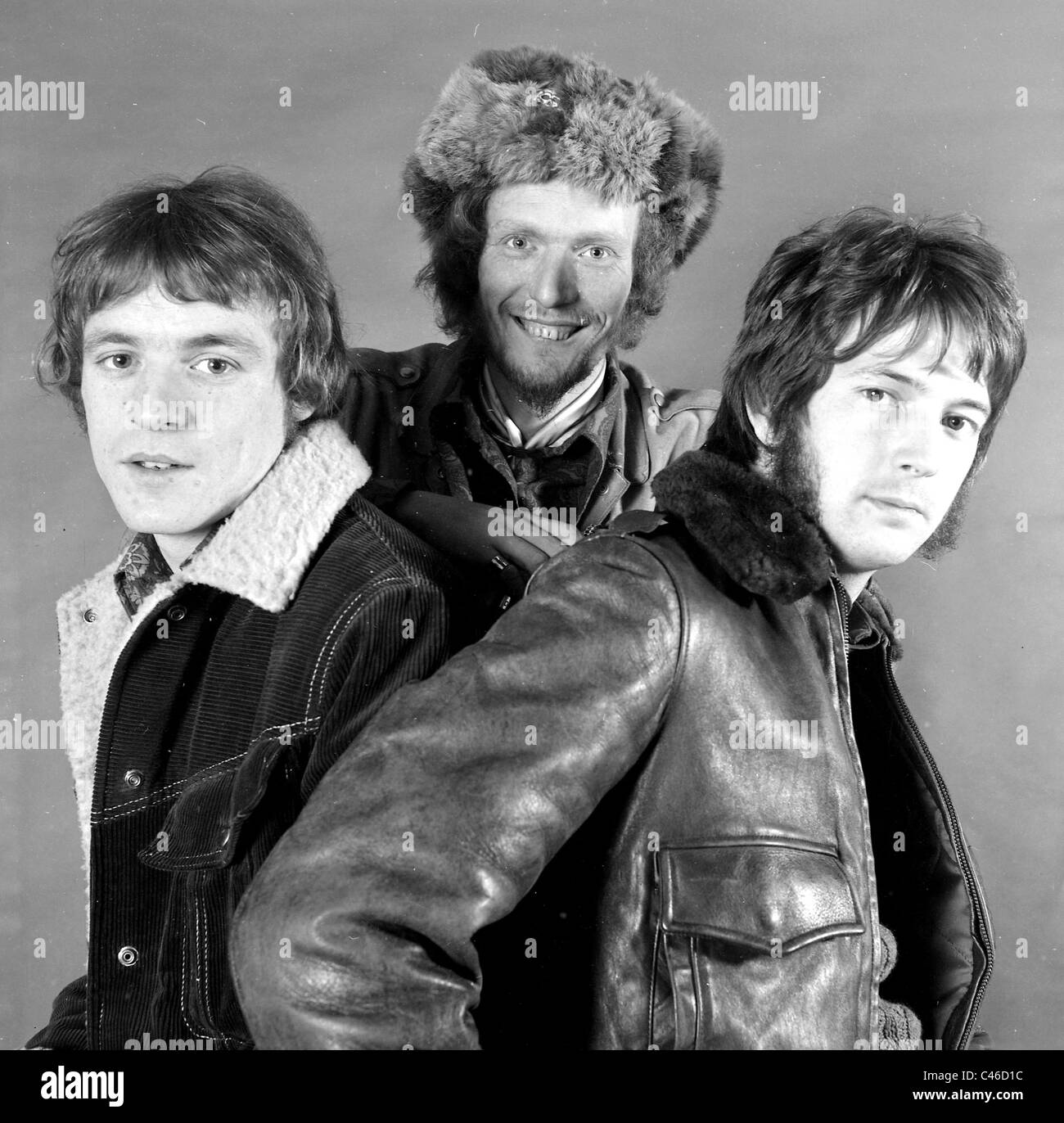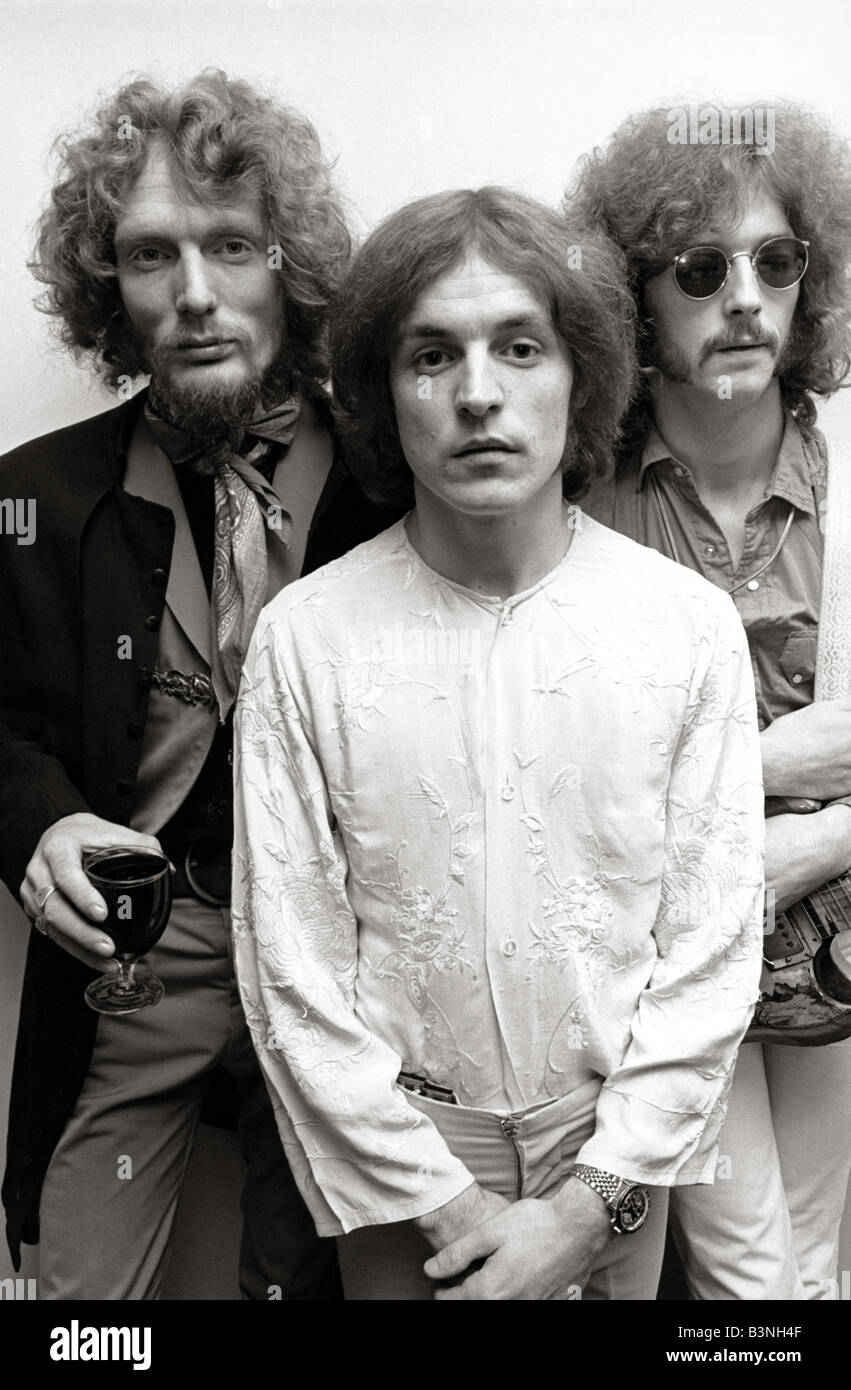Cream Band Members: The Supergroup's Legendary Lineup
Were you there when rock history was being written? Cream, the audacious British power trio, weren't just a band; they were a sonic boom that redefined the very landscape of rock music.
Formed in the crucible of London's vibrant music scene in 1966, Cream burned brightly but briefly, leaving an indelible mark on the world. The band's core consisted of three supremely talented individuals: Jack Bruce, the virtuosic bassist and soulful vocalist; Eric Clapton, the guitar god already ascending to legendary status; and Ginger Baker, the tempestuous drummer whose percussive explorations pushed the boundaries of rock drumming. Cream wasn't just a band; it was a collision of musical titans.
| Attribute | Jack Bruce |
|---|---|
| Birth Name | John Symon Asher Bruce |
| Born | May 14, 1943, Bishopbriggs, Lanarkshire, Scotland |
| Died | October 24, 2014, Suffolk, England |
| Instrument(s) | Bass guitar, vocals, harmonica, piano, cello |
| Genre(s) | Rock, blues rock, jazz fusion |
| Associated Acts | Cream, Graham Bond Organisation, Bluesbreakers, Manfred Mann |
| Website | jackbruce.com |
While all three members contributed to the songwriting process, Jack Bruce emerged as the band's primary composer and vocalist. His dynamic basslines, often melodic and complex, provided a foundation for Clapton's soaring guitar solos and Baker's intricate rhythms. Bruce's vocals, imbued with a bluesy grit and soulful intensity, gave Cream's music its distinctive voice. He was a founding member, present from the band's inception until its dissolution in 1968.
- Josh Peck In Oppenheimer From Drake Josh To Serious Roles
- Christine Lahti Films Awards More Latest News Updates
Bruce's impact on Cream's sound is undeniable, shaping all four of their original studio albums: Fresh Cream (1966), Disraeli Gears (1967), Wheels of Fire (1968), and Goodbye (1969). These albums stand as testaments to the band's innovative approach, blending blues, rock, psychedelic experimentation, and even a hint of jazz. Cream's music defied easy categorization, forging a unique sonic identity that resonated with audiences worldwide.
Often hailed as the first true "supergroup," Cream was more than just the sum of its parts. Each member had already carved out a name for themselves in other prominent bands before joining forces. Clapton had gained recognition with the Yardbirds and John Mayall's Bluesbreakers, Baker with the Graham Bond Organisation, and Bruce also with the Graham Bond Organisation, where he initially clashed with Baker. This pre-existing experience and reputation elevated Cream to a level of anticipation and hype rarely seen before.
Cream's music was a melting pot of influences. They drew heavily from the blues tradition, particularly the Chicago blues of artists like Muddy Waters and Howlin' Wolf. They infused this blues foundation with the energy and experimentation of rock music, creating a sound that was both raw and sophisticated. Their forays into psychedelic rock, especially on Disraeli Gears, added another layer of complexity, pushing the boundaries of what rock music could be.
- Nicole Scherzinger Lewis Hamilton Relationship Details More Explained
- Unveiling Kylie Jenners Ethnicity A Deep Dive Into Her Ancestry
The band's dynamic interplay was a key element of their appeal. Clapton's blistering guitar solos, often extended and improvisational, were legendary. Bruce's basslines were not mere accompaniment but rather melodic counterpoints that engaged in a musical conversation with Clapton's guitar. And Baker's drumming, complex and powerful, provided a driving force that propelled the music forward.
They were often referred to as a "power trio," a testament to the equal importance of each member's contribution. There were no passengers in Cream; each musician was a driving force, pushing the others to excel. This dynamic, while often creating tension, also fueled their creativity and innovation.
However, the very forces that made Cream so extraordinary also contributed to their eventual demise. The intense personalities of Bruce and Baker often clashed, creating friction within the band. Clapton, too, felt the strain of these internal conflicts. He once recounted a story where he stopped playing during a concert, and neither Baker nor Bruce even noticed, highlighting a perceived lack of musical connection.
Despite their relatively short lifespan, Cream's impact on rock music is undeniable. They helped to popularize the power trio format, inspiring countless bands to follow in their footsteps. Their fusion of blues, rock, and psychedelia paved the way for heavier, more experimental forms of rock music. Their virtuosity and improvisational approach influenced generations of musicians.
Cream's live performances were legendary, known for their extended jams and improvisational explorations. They pushed the boundaries of their songs, often transforming them into vehicles for musical experimentation. These live performances cemented their reputation as one of the most exciting and innovative bands of their era.
The band officially decided to break up in May of 1968, during a tour. The constant infighting, coupled with the pressures of fame and relentless touring, had taken their toll. Their farewell tour culminated in a final concert at the Royal Albert Hall in London, a fitting end to a band that had conquered the world.
Cream were pioneers, pushing the boundaries of rock music and inspiring countless musicians to follow in their wake. They brought the blues to a new generation of white rockers, spawning legions of power trios, boogie bands, and heavy metal groups. They proved that rock music could be both technically proficient and emotionally powerful.
Eric Clapton, already a rising star before Cream, cemented his status as a guitar hero during his time with the band. His blues-infused guitar playing, characterized by its fluidity, precision, and emotional intensity, became a defining sound of the era. He went on to have a hugely successful solo career, further solidifying his place in rock history.
Prior to forming Cream, both Ginger Baker and Jack Bruce were members of the Graham Bond Organisation, a pioneering British blues band. It was during this time that their complicated relationship began to develop, marked by both musical collaboration and personal conflict.
Cream's music wasn't just about technical prowess; it was also about emotion and feeling. They tapped into the raw energy of the blues, conveying a sense of passion and intensity that resonated with audiences. They weren't afraid to experiment, pushing the boundaries of their music and exploring new sonic territories.
On February 8th, 1969, just months after Cream's breakup, the world was introduced to Blind Faith, another "supergroup" featuring Eric Clapton and Ginger Baker, along with Steve Winwood and Ric Grech. This further cemented the idea of the supergroup as a viable and exciting musical concept.
Wheels of Fire, Cream's third album, proved to be a breakthrough success in America, fueled by the growing popularity of psychedelic rock and the band's reputation for electrifying live performances. It was a double album, featuring both studio recordings and live tracks, showcasing the band's versatility and virtuosity.
By 1968, Cream's heavy jam sessions and experimental orchestration were captivating audiences around the world. They were a band that demanded attention, pushing the limits of their instruments and challenging the conventions of rock music. They were superstars, and their music reflected that status.
Cream reunited in 2005 for a series of concerts at the Royal Albert Hall in London and Madison Square Garden in New York City. These performances were a testament to the enduring power of their music and the unwavering devotion of their fans.
Jack Bruce is widely regarded as one of the most important and influential bassists of all time. His innovative playing style, characterized by its melodic complexity and improvisational flair, has inspired countless bass players. Rolling Stone magazine readers ranked him number eight on their list of the greatest bassists of all time.
Cream's formation wasn't driven by a pre-existing album or concept; it was born out of a desire to create music that was both challenging and exciting. They were a band of soloists, each pushing the others to excel. Their virtuosity and passion made them one of the most important and influential bands of their era.
Cream, the band, was indeed active for a short time, from 1966 to 1968, but their blend of blues, rock, and psychedelia became instantly popular and proved an influence on many hard rock and blues rock bands that followed them.
While Earl Slick was initially slated to join the band for some performances in May, scheduling conflicts prevented him from touring. Ultimately, on August 12, 2015, Johnny A. was announced as the band's new lead guitarist for those engagements.
Arguably, Cream was indeed the ultimate supergroup, formed during the amazing summer of '66 amidst a time of huge artistic upheaval in British rock. They were a band that captured the spirit of the times, pushing the boundaries of music and inspiring a generation of musicians.
- Valvoline Oil Change Deals Up To 50 Off Coupons
- Air Supply Singer Russell Hitchcock News Updates You Need To Know

Cream band 60s hi res stock photography and images Alamy

Cream Members, Albums, & Significance Britannica

Cream band 60s hi res stock photography and images Alamy